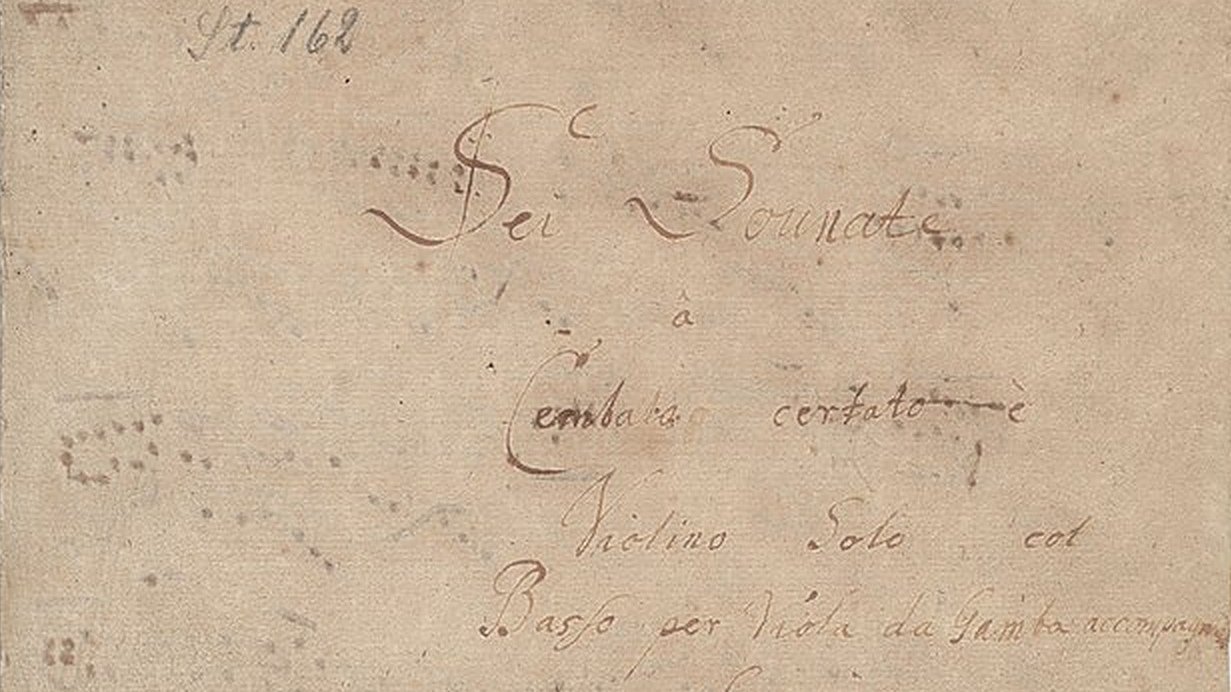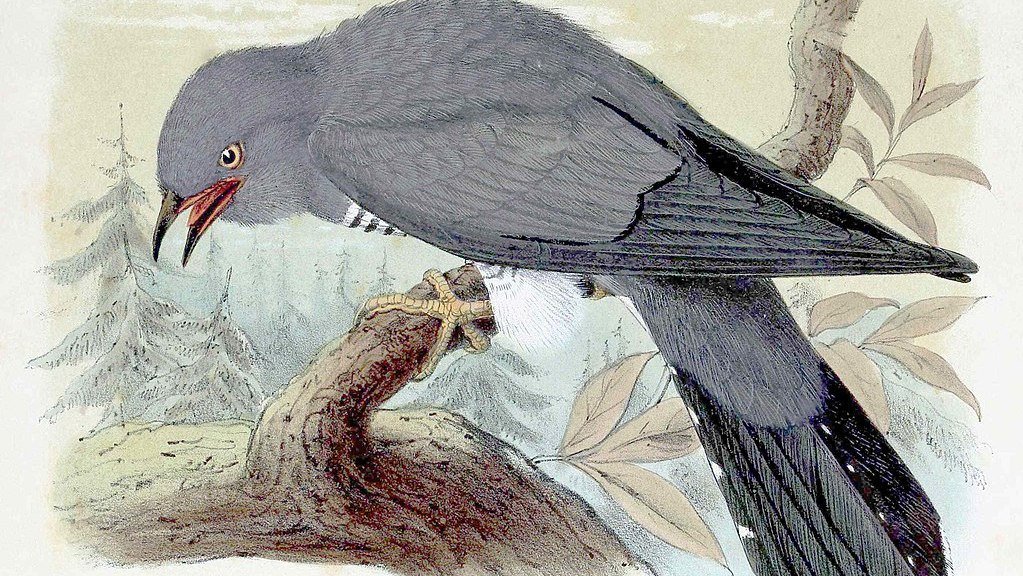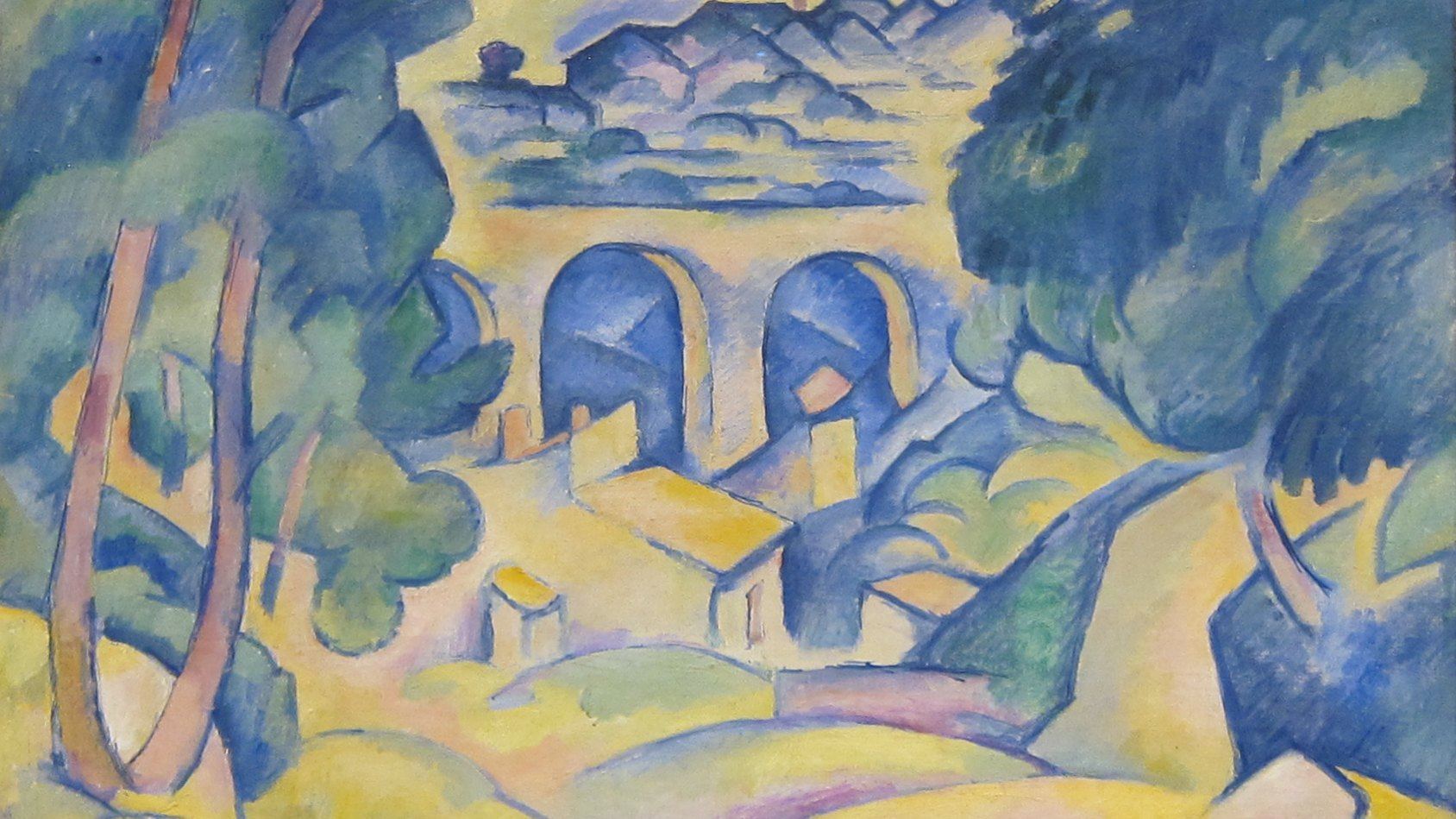Remembering Angela Lansbury
Angela Lansbury, the legendary star of film, stage, and television, passed away last Tuesday. She would have turned 97 on October 16. Beginning in the 1940s, the Irish-British-American actress earned acclaim on the silver screen with prominent roles in films which included Gaslight (1944), National Velvet (1944), The Picture of Dorian Gray (1945), and The Manchurian Candidate (1962). Between 1984 and 2003, she starred in the popular CBS television series, Murder, She Wrote. Lansbury’s …






